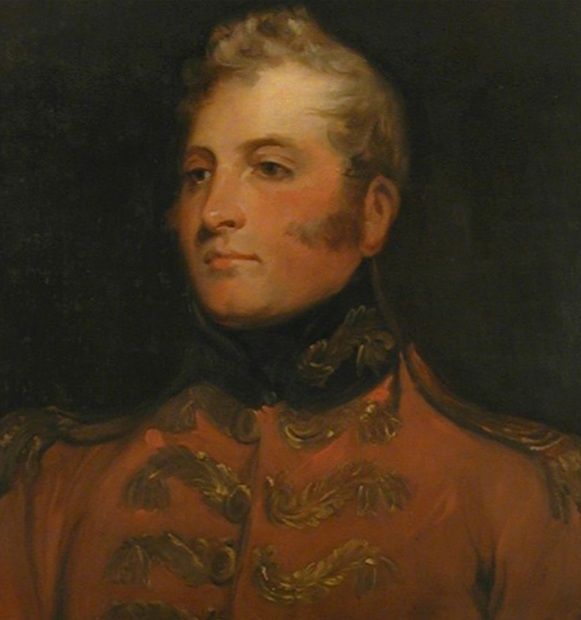BHAG SINGH, RAJA (1760-1819), born on 23 September 1760, succeeded his father, Gajpat Singh, to the gaddi of Jind state in 1789. He was a man of extraordinary vigour, intelligence and diplomatic astuteness. Like his father, he was also a close ally of Patiala and joined hands with Bibi Sahib Kaur`s troops in 1794 against the Marathas. He was mainly responsible for checking the advance of George Thomas towards Sikh territories and later on of General Perron of the Maratha service.
CHET SINGH, military commander, engineer and a kardar, i.e. a revenue officer, under Maharaja Ranjit Singh. In 1831 he became engineer in charge for constructing a bridge over the River Sutlej for the Ropar meeting between Maharaja Ranjit Singh and Governor General William Bentinck. He constructed another bridge at Harike in 1837 to enable the British commanderin chief to cross over the Sutlej for his visit to Lahore. Earlier in 1833 he was appointed kardar of the cisSutlej estates of the Maharaja. In 1835, he was deputed to Anandpur to settle the dispute between the local Sodhi factions.

FANE, SIR HENRY (1778-1840), commander-in-chief of the British Indian army, who visited the Punjab in 1837 on the occasion of the marriage of Kanvar Nau Nihal Singh, Maharaja Ranjit Singh`s grandson. Sir Henry Fane`s visit to Ranjit Singh was an event of considerable interest. He was highly impressed by the extraordinary discipline of the Maharaja`s troops and the splendour of his court. In his several meetings with the British commander-in-chief, Ranjit Singh questioned him on the strength and composition of the British army, on the extent of Russian influence in Persia, and on the ability of the Shah of Persia to give effective aid to the Russians.






